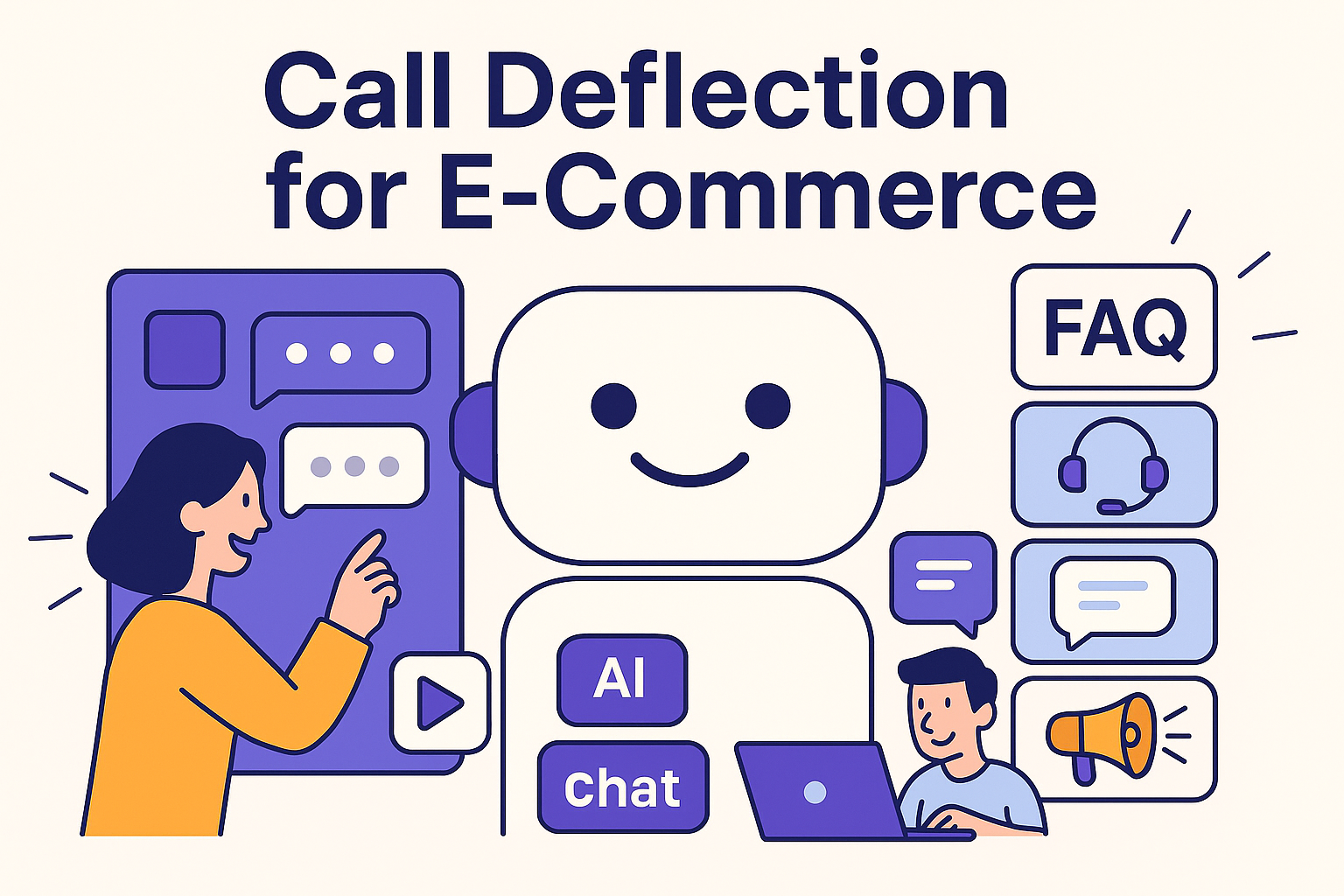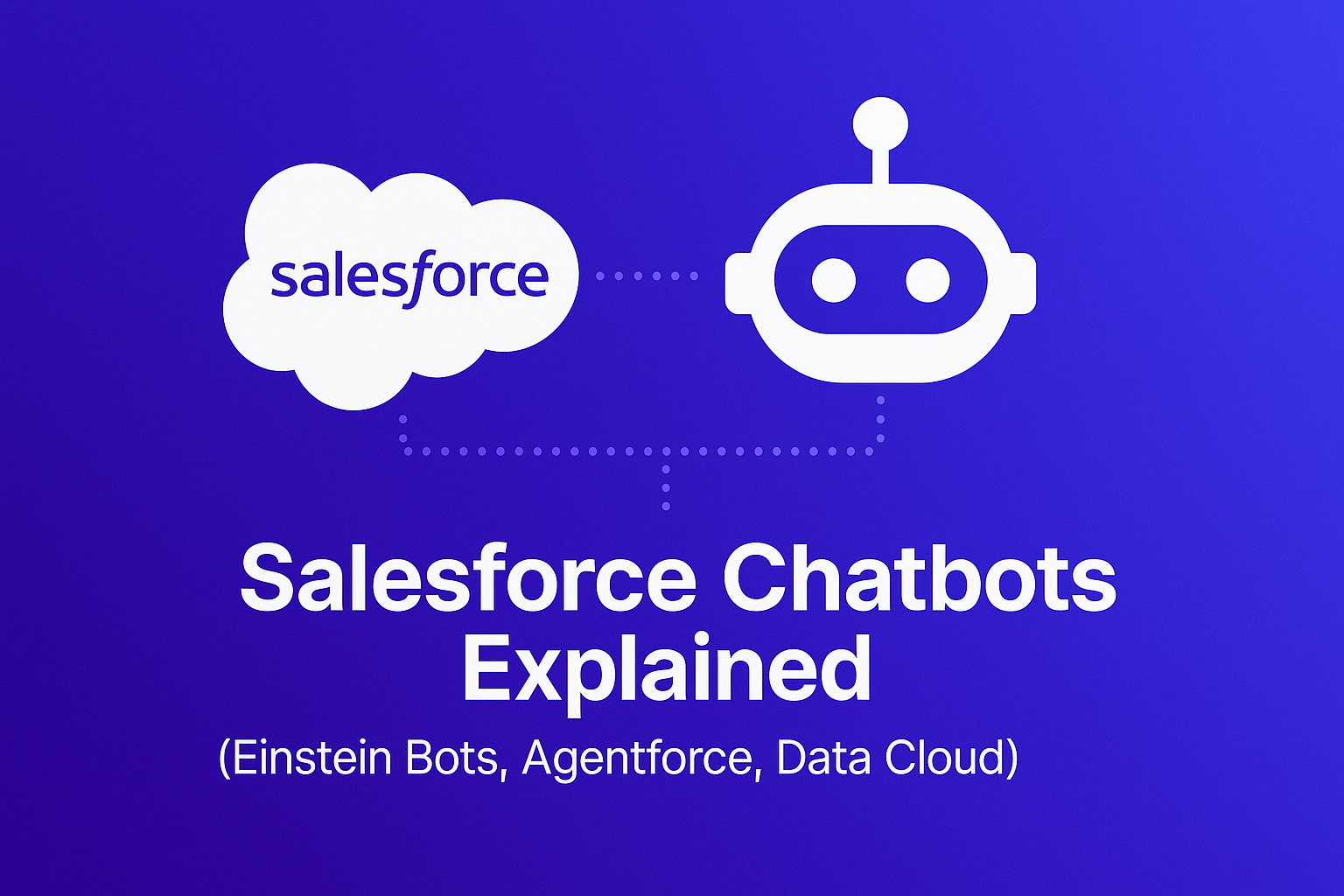How to increase e-commerce conversion rate with a chatbot
In the competitive world of e-commerce, boosting your conversion rate is crucial for success. E-shops usually define “conversion” as an order placed by a website visitor.

But you can define the conversion according to your business needs. For example, a conversion can occur when a customer leaves contact information.
According to Shopify, a 3 % conversion rate is the industry standard.
Many factors (marketing, page load speed, mobile-friendliness, user experience, etc.) influence whether an e-shop visitor makes a purchase. One of the most influential is customer service.
Live chat is the easiest way for customers to connect with your support.

A chatbot comes in handy when your call center is out of hours. But a chatbot can go beyond round-the-clock customer service.
Chatbots can start a conversation with potential customers and help them with product selection. This article discusses how such pre-sales chatbots can influence your store's conversion.
What to consider before implementing a pre-sales chatbot
Define your goal - before you start implementing a chatbot, you should be clear about what you want to achieve with it. In this case, we want to increase the sales of your e-shop. However, there may be other goals that require a different approach. Check out our articles on cost optimization or improving customer experience.
Quantifying the objective - defining the impact on the business makes it easier to understand the success of the project later.

- X % increase in conversion when the user interacts with the chatbot
- X % increase in total conversion
- X % increase in shopping cart upsells
For our purposes, we will consider the former. It shows how much the probability of customers buying increases when the chatbot recommends the right product.
No compromise on customer experience - You should keep customers and their needs in mind. Read the most common chatbot mistakes to avoid them.
3x higher conversion rate with chatbot
On average, sales chatbots achieve a 3x higher conversion rate. This means that if a customer opens a chatbot and the chatbot recommends a product, they are 3x more likely to buy.
Type of pre-sales chatbots:
Live chat - to make the list complete, we have to admit that humans (live agents) can also sell well. This may be an option for you if you have high margins on products to afford the cost of human labor.
You can open as many chats as possible with your customers. The more your business grows, the more live agents you will employ.

Lead generation - there are companies where live agents can find the right solution for customers in a fraction of the time. Either by phone, email, or web chat. For such businesses, the number of leads is the most important thing.
Chatbots are useful for keeping demand high by attracting customers and collecting their contact details.

Narrow the selection - think from the customers' point of view. Most visitors to your e-shop don't know what they need to buy. They are in a life situation they want to solve:
- I want to buy a better sleep mattress.
- What to cook on Sunday.
- I need shoes for autumn.
The goal of your chatbot is to recommend the right products by narrowing down the selection with a few questions.
Such chatbots are suitable for companies without a wide range of products (up to 50 product categories). If you have multiple categories, managing them in the chatbot would be very time-consuming.
A simple button-based chatbot is a good choice for this purpose.

Product recommendations - an AI-powered chatbot will recommend products from large data sets.
Customers will ask for specific recommendations. ChatGPT technology will use your product feeds to recommend the right one. It will also use general knowledge so it can answer information you don't have in your data - i.e. materials, water resistance, etc.
ChatGPT like chatbot can even answer questions about the meaning of life if you want 😀.
Here are a few examples:
- Friends invited me for a hike, what equipment do I need?
- I want running shoes in green color.
- Is this speaker compatible with this electric guitar?

Step-by-step sales chatbot implementation
#1 Select the right channel
For most e-shops, webchat is a suitable channel. Most customers will land on your website where their conversion is the goal.
But there are businesses or scenarios where other channels make sense:
- Mobile app chat - for e-shops with enough traffic in the app.
- Facebook Messenger - for companies with high ad traffic on Facebook.
- Instagram Messages - Instagram-focused businesses.
- Viber - outbound marketing campaigns with chatbot converting to purchases.
#2 Create a basic chatbot
Your chatbot should be able to answer at least the most frequently asked questions (FAQ) and have a casual conversation. Consider using templates to speed up this process.

#3 Add sales scenarios
Let us now consider a chatbot with a narrow selection scenario. Think from the customer's perspective and find out what their scenarios/situations are. Preferably by talking to as many customers as possible.
Before implementing sales scenarios, you should know the answers to the following questions:
- How do your customers search for what they buy at your e-shop?
- What are the things they consider before buying?
- What information were they searching for before purchasing?
- What products did they consider?
- Why they have bought the product?
Once the information is gathered, you can build a decision tree to guide customers to the right products.

When you have a complete flow, you can use the conversation builder to transform it into a chatbot.

Set up Google Analytics UTM parameters to track chatbot impact on sales.
- utm_source=chatbot
- utm_medium=product
- utm_campaign=christmas
#4 Deploy, measure, optimize
After the initial release, watch how customers interact with the chatbot. Improve the chatbot's recognition of questions and its responses.
Go through the historical conversations and understand the following:
- the most frequently used decision tree paths
- product click-through rate (product is shown in chatbot and customer clicks on it)
- where customers drop in the chatbot
- chatbot conversion rate
Aim to achieve a 3x conversion rate. If you're below this number, try to improve the pre-sales chatbot: shorten the flow, shorten the texts, use more compelling product images, etc.
#5 Open as many conversations as possible
When you are hitting a high enough conversion rate, consider how to open more conversations to increase the business impact.
There are several basic discoverability best practices for the webchat:
- Color - call-to-action color
- Text with an explanation of why they should open the chat
- Icon with the right image
- Animation on the first load
The chatbot can also open a conversation with the customer when appropriate. It should display the message in a non-intrusive way.

You can consider the following scenarios:
- Greetings on the first visit
- Welcome back message
- Detect where help is needed - i.e. payment option, contact details, etc.
- Shopping cart - you’d also need/like
Conclusion
Pre-sales chatbots are becoming increasingly popular, especially with the advent of generative chatbots such as Chat GPT.
If you are going to optimize your e-commerce store's conversion rate, you should consider testing a chatbot as well. The cost and difficulty of implementation are low compared to what a chatbot can deliver.
If you want to see more such chatbots, schedule a call with us. We'll show you what they've brought to businesses, and estimate what they can bring to your online store.
Book a 30-minute session where we will find out how AI bot can help you decrease call center costs, increase online conversion, and improve customer experience.
Book a demo



